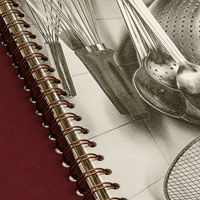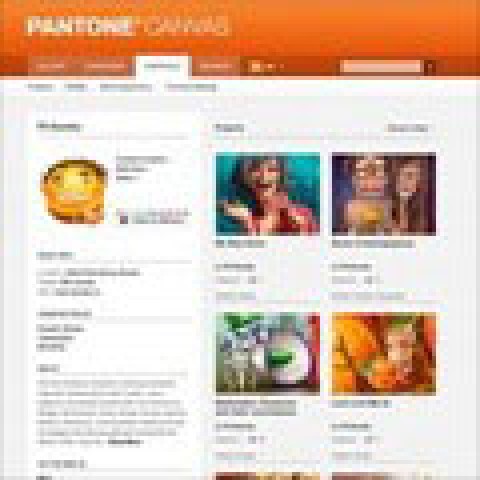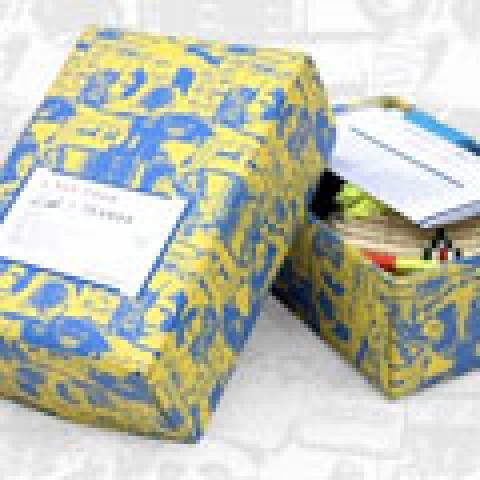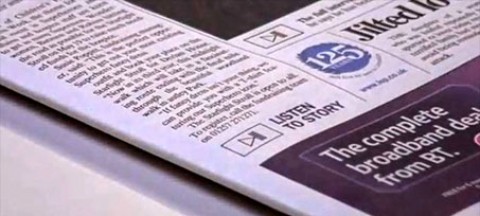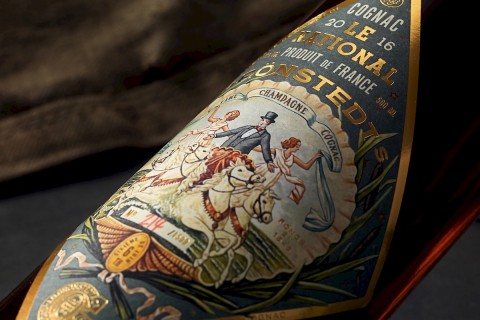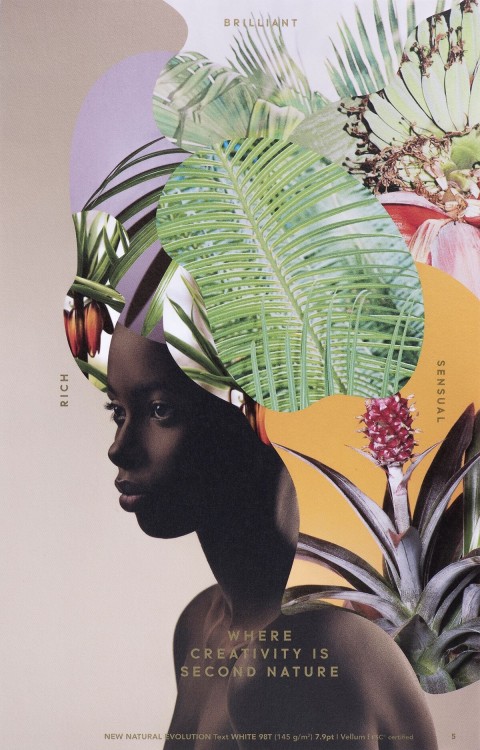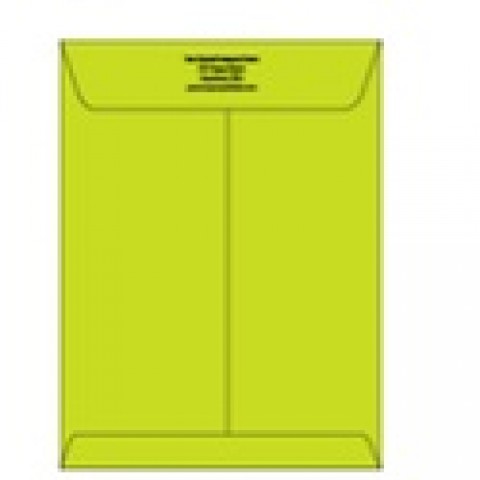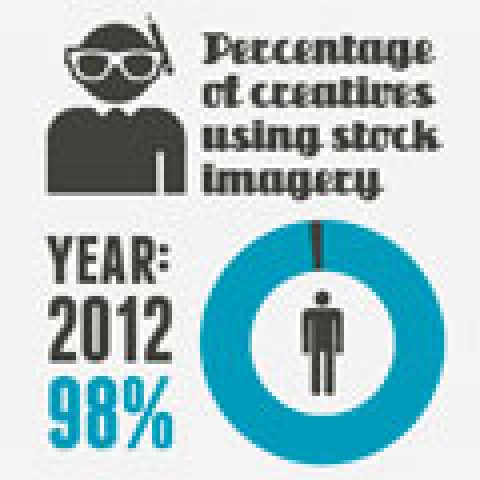We weren’t quite sure what to expect when we hosted our recent free webinar “An Eye & Taste for Menu Design.” Would enough of our paper-loving design community turn out for such a specialized talk? We needn’t have worried. Menu Technologies principal Gregg Rapp held us all spellbound as he gave us a crash course in using menu design to boost the profits of our restaurateur clients.
He also graciously agreed to answer the many, many questions you had afterward – so many in fact that we have split them up into two parts. Enjoy Part 1 now; and here’s Part 2. (And if you want to check out the recording of that free webinar, you can do so here.) Bon appetit!
…….
Laura Messing: You mentioned menu boards. What challenges do they pose in terms of menu engineering?
With menu boards, use the three-panel eye chart. But try and use ropes to queue the customers so you can know where they are standing. Then work on the layouts. It is tough when you have several different designs in chains.
Betsy Ruiz: When is your book coming out?
The best book right now is the Neenah Book! Really, it is packed with tidbits and tools for you! This was written to get the restaurant operator and the graphic designer to work together. I love it now that the art director is asking the restaurant client, “What should we box,” where most of my career we had to arm wrestle the art director to make a box around a menu item!
Jennifer Buckner: Do all these same rules apply to a cocktails or wine menu?
Yes, yes and yes! But you can’t sell a Single Malt Scotch to a Pina Colada Drinker. Understand the customer and come up with ways to suggest a drink. And wine lists are the worst price lists of our industry; they just give the wine and price. There should be copy on each wine and it should still be easy to navigate. Also, lay the wine list out with the Dry to Sweet, Light to Heavy Wines in each section. This way a server can navigate the list without knowing the wines. They can point to the middle of the section when the customer asks for a “Medium, Dry White Wine.”
Danny Garber: I’ve been to places that employ iPads as menus and it feels as though you’re being rushed, and tabbing back and forth doesn’t match a simple left or right eye glance. That said, are you involved with any sort of interactive menu solutions?
Yes, I have been working on iPad menus with several clients. I don’t like the “Price List, Retail Box” look of many of the iPad menu companies. Most of the best designs are developed in-house right now. I’m sure the companies will catch up. The iPad gives a whole different experience. I do love the idea that you can click the Vegan button and it drops everything for the guest to navigate easily through the items they can enjoy. I like that you can get as little or as much information as you want. But it does set the tone for a different experience.
Kristen O’Callaghan: Do you have any advice on convincing/ persuading the restaurateur that they have WAY too many items on the menu, when they are very emotionally attached to them?
It will all make sense when they take the time to do the Menu Engineering steps I went over. Then, if they feel they have to keep some items, you can take the item off the menu and keep them in the kitchen for a while. I promise those loyal customers will switch or it becomes a “Secret Menu Item” and sells off the charts. Both good!
Shelby Caret: What size typeface is best for readability?
We go over this in the Neenah Book. The NRA (Restaurants, not Rifles!) suggests 12 points. I like larger type. You will understand someday as your eyes start to go at 40! Consider the customers. Keeping smaller type will keep the older set out of your restaurant. As for leading, try and keep the menu items separated with better leading. Too many times all the menu items run together when it is the same leading for the whole menu.
Melanie Pollard: Where are the stats on these successful practices to help sell this approach?
I gathered most of these tools along the way in the past 33 years. There is some menu information out there that is not correct so be careful! I have tested many menus with many menu chains. All that research can’t be released, of course. If there is something specific you need help with, let me know. Do get Brian Wansink’s book from Cornell (see below). I do work with him and I was in Ithaca just a few weeks ago. Brian stops by Palm Springs to see me when he gets out this way. We help each other in our work and when I have questions, his grad students go to work!
Jennifer Buckner: Do separate dessert menus generate more sales than including desserts in the main menu?
I get this question often. Desserts are the hardest sale in the restaurant. If you want to sell them, put them on the main menu and then create a dessert menu to bring back to the table. If you bring a tray to the table, make little signs with ingredients. The more places you have the desserts, the better. Sometimes restaurants don’t want to sell desserts as this slows down the turns. Ask your client. Again, salads are easier to sell than desserts!
Shelby Caret: Where is the best location for the children’s menu?
I would say it is best to have a separate menu. When you have a children’s menu, it is a welcome for the kids. (You can create a special menu for any group you want to bring in: bowling club menu, tour bus menu). When customers know you have a special menu, they will ask for it. If you have it on the main menu, it can be on the back or somewhere parents can find it. Don’t put it in your main selling areas.
Sylvia Edney: I may have missed it if you covered it (and I’ll rewatch). Any special tips for a pizza parlor on menu design?
Oh the pizza menu! It is advanced menu engineering! If five people eat a large pizza, we have to divide the pizza by five and multiply the sales number by five. Then we see the rest of the menu and the profitability of each item. Also create signature pizzas as when your customers are making their own pizza, it is more work for them and they won’t order the extra items. I have many articles in PMQ magazine (Pizza Marketing Quarterly) and it is a great magazine for the tough world of pizzas!
Betsy Ruiz: I am graphic designer. How do I get work as a menu designer?
It takes a whole lot of extra work to do the Menu Engineering but the clients need help. Sometimes I go in and cost the items for the clients. There are 315 maraschino cherries in a gallon. Guess how I know this? Yes, I counted all the cherries! Sometimes your client just needs help and a coach. But the best thing is to jump in and help them out. By the way, there are 1,551 pickle chips in a 5 gallon bucket!
References
- Chan, Kim W. Blue Ocean Strategy: How to Create Uncontested Market Space and Make Competition Irrelevant.
- Wansink, Brian, PhD. Mindless Eating: Why We Eat More than We Think. (Cornell Food Psychology Expert)
- Underhill, Paco. Why We Buy: The Science of Shopping.
….

From The Today Show to The Washington Post, his expertise has been sought out and featured in high-profile print and broadcast media.

